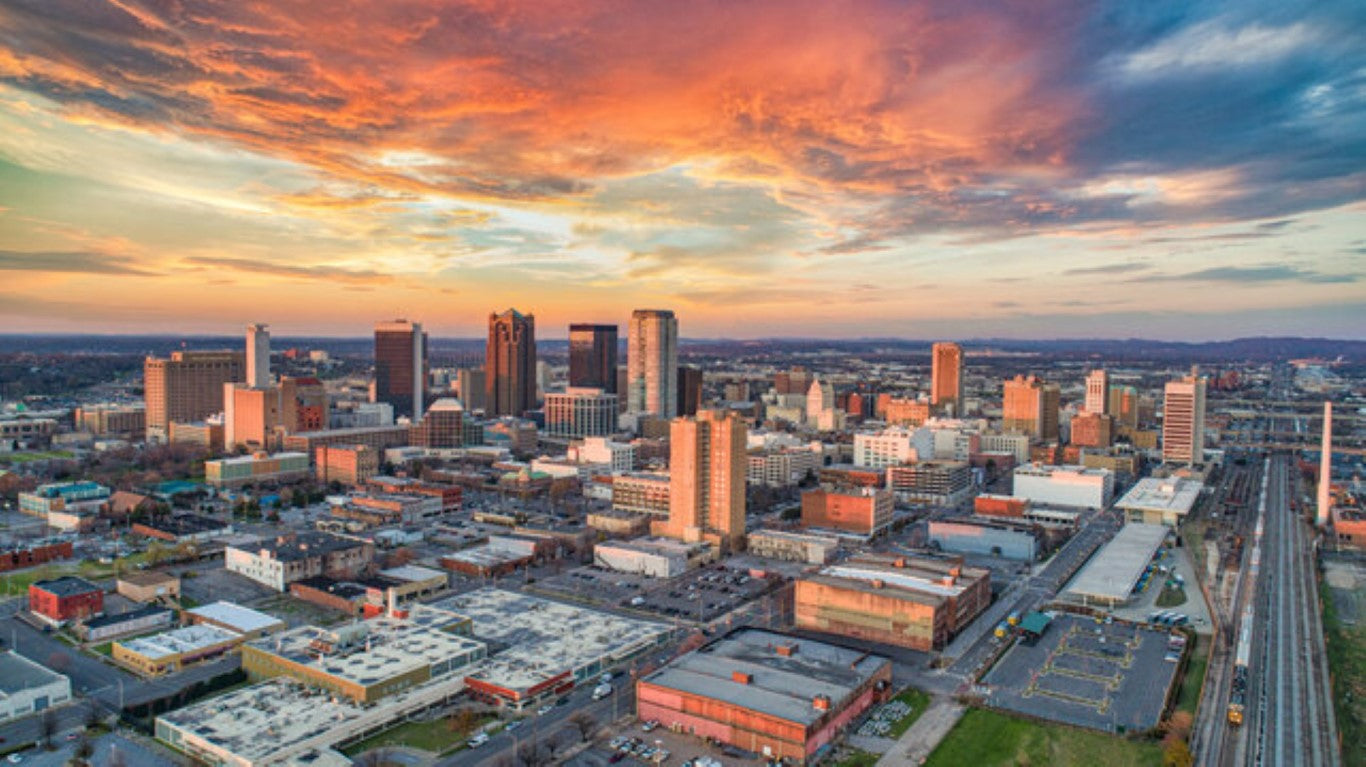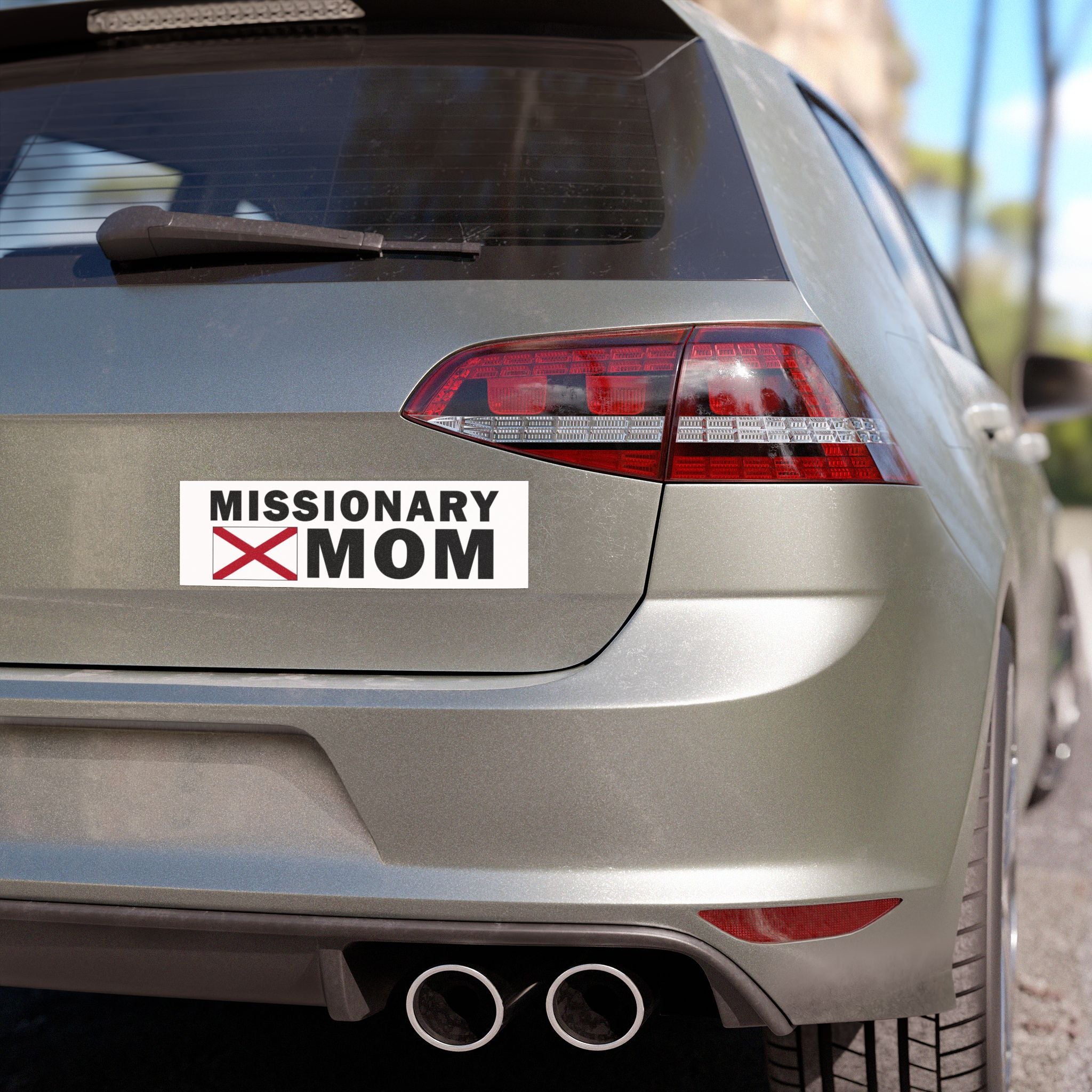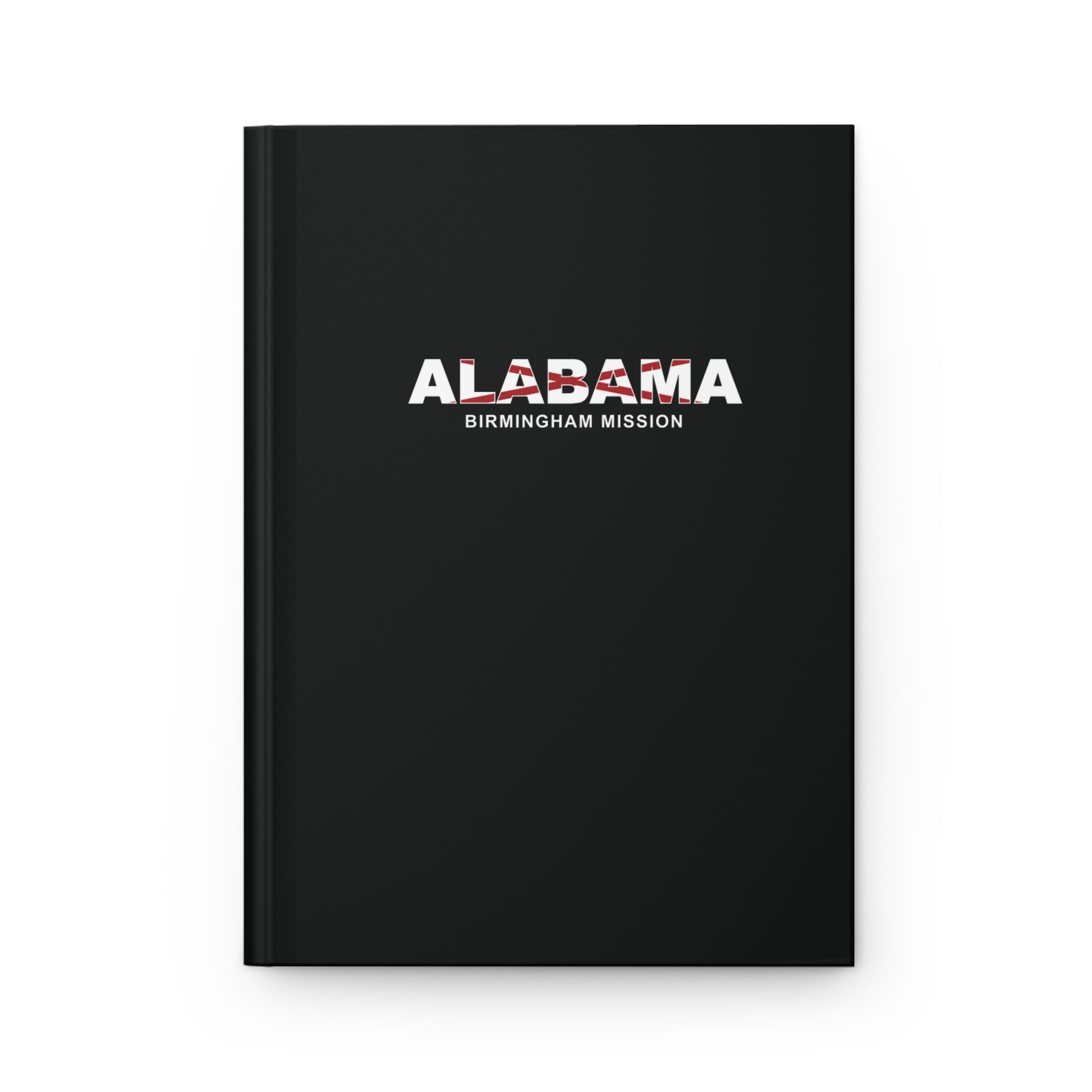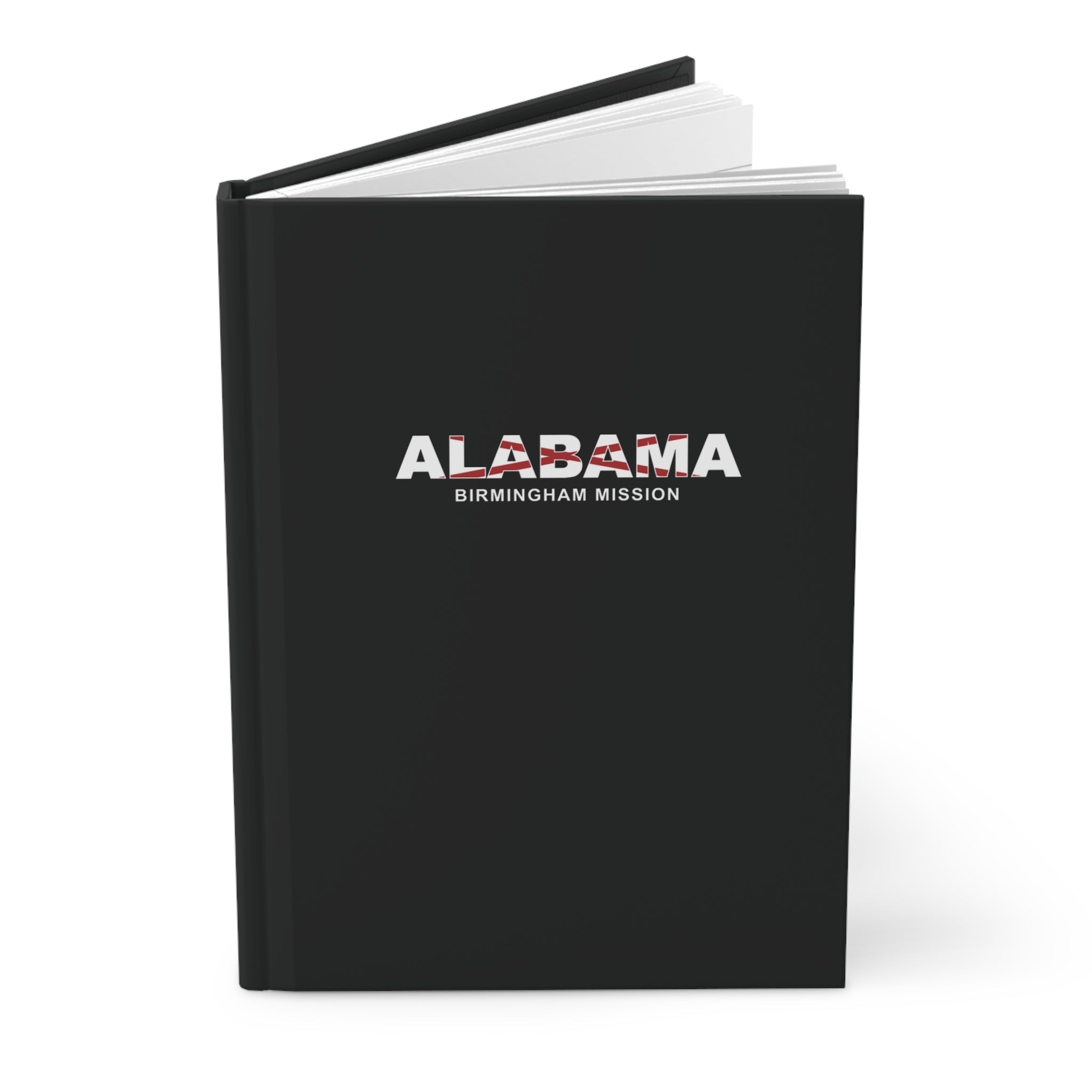The 1843 experience of missionary John Brown in Alabama is typical of early missionaries for The Church of Jesus Christ of Latter-day Saints. Community members assumed the 17-year-old in ragged clothing was “a simple cotton picker.” They gathered to hear him speak one day, eager to mock the young preacher. However, after he began the crowd members grew quiet and “as motionless as statues of marble.” In the days following Brown’s sermon, people treated him with respect and the Church started to grow in the state. In early 1844, there were approximately 120 members of the Church in Alabama organized in three congregations. Three months later, in areas including Mississippi, there were approximately 190 members in seven congregations.
Many of these early converts eventually left Alabama to join the main body of Latter-day Saints in the Utah Territory, but missionary work in the state continued. In 1930, there were approximately 2,500 members of the Church in Alabama. The Church in Alabama also benefited from an influx of members who came to the state as a result of their employment by the military and the National Aeronautics and Space Administration. In 1968 the first stake in Alabama was formed in Huntsville.
Today, there are more than 35,000 Church members living in Alabama organized into eight stakes. In 2000 the Church dedicated a temple in Birmingham. When Alabama was affected by natural disasters in recent years, such as the series of tornadoes that destroyed property throughout the state in March 2021, Church members partnered with community leaders to assist in cleanup efforts.











































